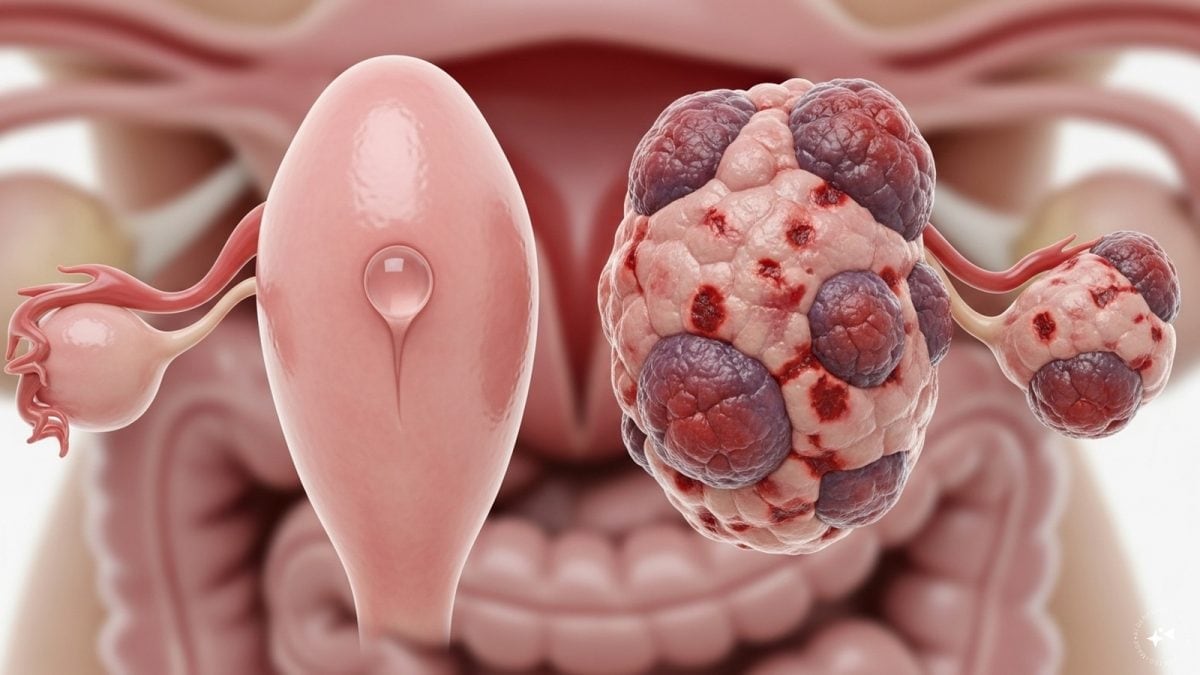Globally, more than 300 million people — or around 4.3% of the world’s population — are living with depression. In India alone, 4.5% of the population is dealing with depressive disorders, according to the World Health Organization’s Global Health Estimates 2017. One of the major hurdles in addressing depression has always been the difficulty in diagnosing the condition: the unavailability of medical tests or scans that could tell if a person is suffering from any psychological disease didn’t help. [caption id=“attachment_3134350” align=“alignleft” width=“380”]  Representative image[/caption] But this could soon change. Scientists have found a way to use magnetic resonance imaging (MRI) — a scan that is regularly employed in radiology today — to detect major depressive disorders (MDD) easily.
How does MRI work?
MRI uses magnetic fields and radio waves to scan the body’s internal organs and structures. The scanner collects images from many different angles in slices or cross-sections and sends them to a computer. A software program then puts all these slices or cross-sections together to produce a highly accurate picture of the particular organ.
The brain difference
In a 2013 interview, Professor Ian Anderson from the University of Manchester said that in his study on the brain activity of people suffering from depression, he found that people who have been diagnosed with depression or have been on anti-depressants for at least five months, had a 25% decrease in the grey matter (which contains most of the nerve cells) of the brain. Professor Anderson added that the hippocampus (region of the brain responsible for memory and learning) in people living with depression was found to be smaller in size than those without depression.
Blood-brain barrier and depression
Each blood vessel in the brain is lined with protective endothelial cells. These cells are stacked close together like a wall but with a few gaps in it. These gaps allow only certain molecules, like water, oxygen and glucose, to leave the blood vessels and seep into the brain tissue. This barrier between the blood vessels and the brain tissue is known as the blood-brain barrier (BBB). In this recent study, Dr Kenneth Wengler, along with his team, studied connections between major depressive disorder (MDD) and disruptions in the BBB using a new MRI technique called intrinsic diffusivity encoding of arterial labelled spins (IDEALS), which is basically a 3D MRI done to understand brain-water permeability. The study focused on the movement of water from blood vessels through BBB into the brain tissue and was conducted among 14 healthy individuals and 14 MDD patients at the Renaissance School of Medicine at Stony Brook University, New York. The results showed that there was less movement of water out of the blood vessels into the brain tissue in the MDD patients. This confirmed the disruption of BBB, particularly in two regions of the brain, the amygdala (region of the brain responsible for emotions) and the hippocampus.
The connectome connection
A network of complex connections in the brain is known as the connectome. Dr Guoshi Li and his team from the University of North Carolina presented the findings of their study on the abnormalities in the connectome in the presence of depression, at the Radiology Society of North America (RSNA) meet from 1-5 December 2019 in Chicago. The study compared 66 adults with MDD and 66 healthy individuals using a functional MRI machine. A functional MRI measures small changes in the blood flow that occur with brain activity. The results showed that patients with MDD had reduced levels of excitation and inhibition in the dorsal lateral prefrontal cortex, the part of the brain responsible for cognitive control functions like language, episodic memory, and working memory and also the regulation of amygdala. This reduction would obviously hamper the previously mentioned functions. The researchers further added that in people who had MDD, responses in the amygdala were elevated, resulting in increased anxiety and other negative moods. They also found abnormal recurrent excitation in the thalamus (an area of the central brain responsible for emotional regulation) in MDD patients. Scientists hope that with this method, they will be able to identify any defect in the connectome within each brain region to develop more effective diagnosis and treatment. Health articles in Firstpost are written by myUpchar.com, India’s first and biggest resource for verified medical information. At myUpchar, researchers and journalists work with doctors to bring you information on all things health. For more information, please read our in-depth article on Depression_._


)

)
)
)
)
)
)
)
)



